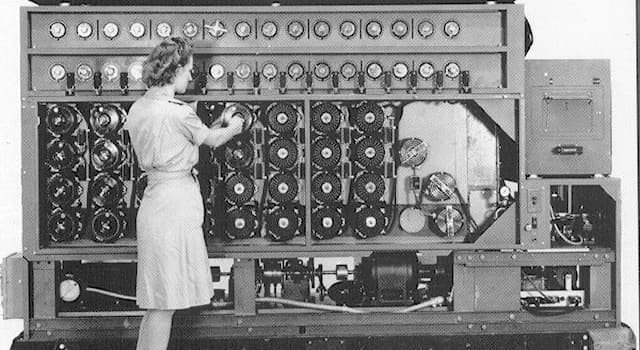What was the name of the machine invented by Alan Turing in 1944 to translate encrypted messages during WWII?
History

In 1944, Alan Turing built a machine that was able to help a team of code breakers to translate encrypted messages sent by the Nazis during World War II. The machine was called the 'Bombe' machine, which successfully decoded large amounts of German military intelligence that had been encrypted by the Nazi machine, 'Enigma'. The decoded messages were then passed on to British army officials. As the team became more adept at using the machine, they were able to increase the number of messages they intercepted. Eventually, they were decoding 84,000 per month, which equates to two messages every minute.
'Bombe' was built at Bletchley Park, once a Victorian manor house situated on 58 acres of land. Renamed Station X, Turing was one of 200 workers to begin working there after the outbreak of war in 1939. Crossword experts and chess players were sought and hired throughout the following years to assist in the deciphering work. By 1944, 9000 people were employed at Bletchley Park, the majority being women.
Alan Mathison Turing (1912-54) was an English mathematician and computer scientist, who is mostly remembered for his work at Bletchley Park. He helped crack the codes used by Nazi Germany’s 'Enigma' machine, which scrambled the letters of the alphabet. Turing was made an Officer of the Most Excellent Order of the British Empire (OBE) for his code-breaking work.
More Info:
en.wikipedia.org
